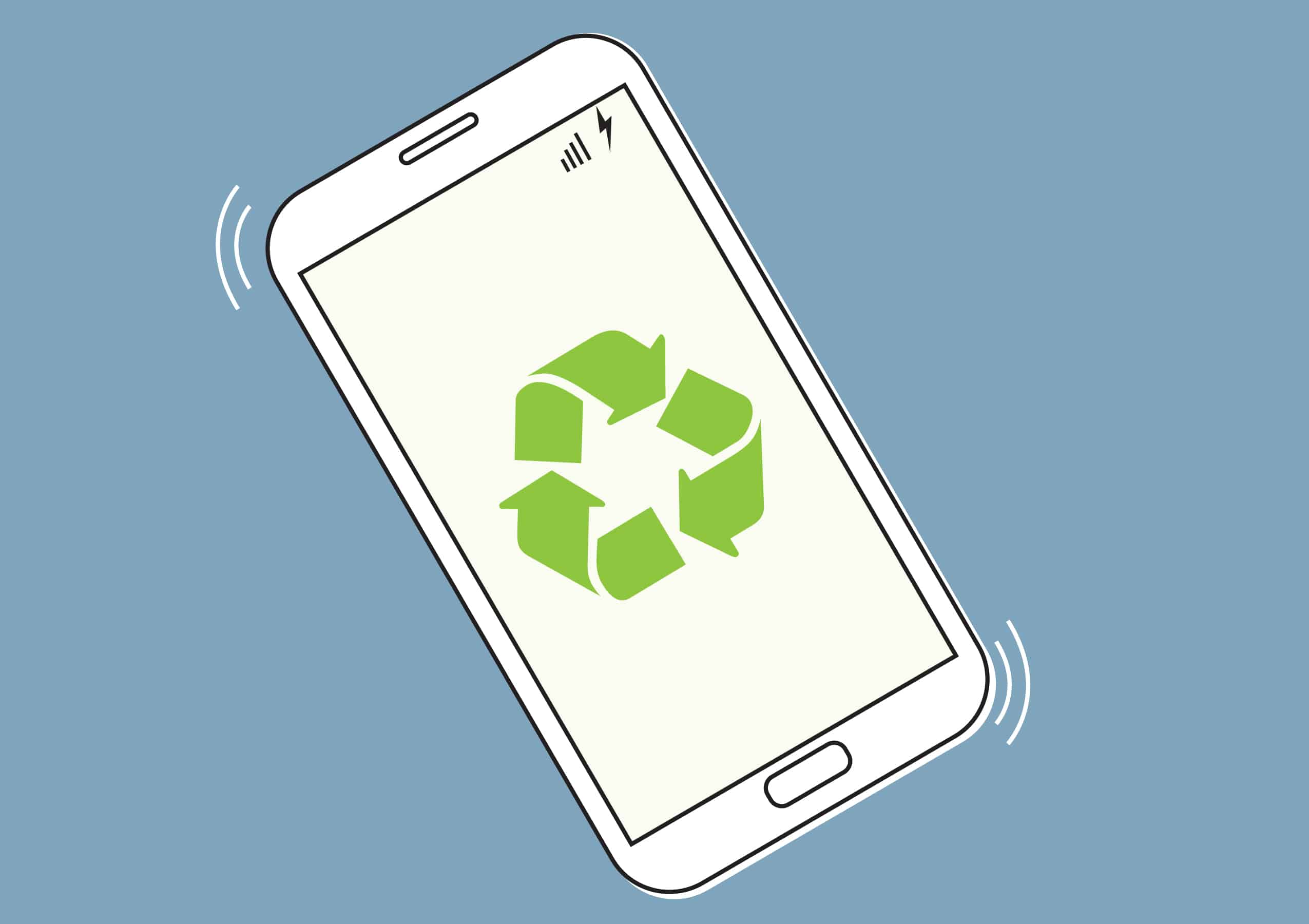Many people claim that that individual actions cannot have a global impact, particularly when it comes to the environment.
The Jane Goodall Institute (JGI) hopes to change this mindset with their recently launched cellphone recycling campaign.
While the JGI primarily works as a global not-for-profit focused on the welfare of chimpanzees in Africa, the new campaign is focused on improving the welfare of communities in the Democratic Republic of Congo — especially those impacted by the ongoing political and militant conflict associated with mineral mining — by recycling cell phones.
Tantalum is a substance used in cell phones and other modern electronics. It is one of the minerals fuelling the conflict.
According to Venkel, a supplier of printed circuit board components, the Democratic Republic of Congo received just over $30 million in revenue from tantalum in 2011 — nearly $20 million of which was used to fund conflict.
Cari Bourrie, JGI program coordinator, stressed that the most effective way to improve biodiversity is through local communities.
“You can’t just ask a farmer to stop cutting trees if that’s his basic sustenance. What we do is work with local communities to help them identify their needs and provide resources to help fulfill those needs. Consequently, once the people are in a more improved state, they are more able to collaborate with us to preserve the biodiversity,” Bourrie said.
Shawn Lehman, associate professor of anthropology at the University of Toronto, agreed that habitat destruction and mining conditions are linked.
“Miners work 12 to 16 hours a day, in the most inhumane conditions imaginable with no time to collect food. Subsequently, they hire bushmeat hunters who in turn hunt the local animals. While primates don’t make up a large chunk of the hunted, they do provide a large protein source, and only reproduce every five years or so,” Lehman said.
Mineral mining is also unregulated and causes habitat destruction and human health issues, Lehman explained.
Just two weeks old, the nationwide outreach program has already been met with success.
“We have already met our goal of sending out 50 boxes across Canada, so the response has been pretty positive,” said Bourri.
She attributes the bulk of the response to high schools, especially on the part of teachers.
“So far we’ve only reached out to our existing contact base. We do plan to contact more high schools and universities — our targeted demographic —through principals, teachers, environmental student clubs, essentially those who could express interest in our cause”, she added.
U of T students looking to recycle old cellphones can find boxes set up in various locations across campus, including Brennan Hall, Robarts Library, and the Earth Science Centre.
“Raising awareness about these boxes is definitely a challenge, so we chose locations with high student traffic, in the hope that students passing by these locations will notice them,” said Kaylah Krancic, a U of T student who volunteers with the campaign.
According to Suman Furmah, another student volunteer, the effectiveness of the campaign lies in its simplicity. “We make choices everyday, but we don’t realize the impact that our choices, like buying a cellphone, can have globally. Small actions can really make a big impact and that’s what this campaign is about,” said Furmah.


